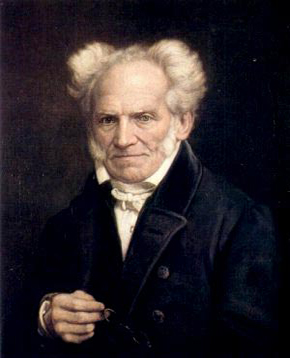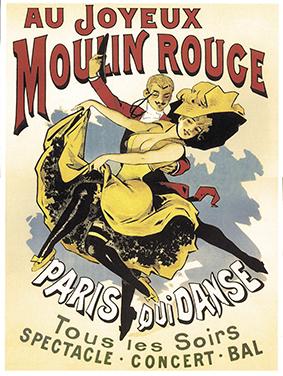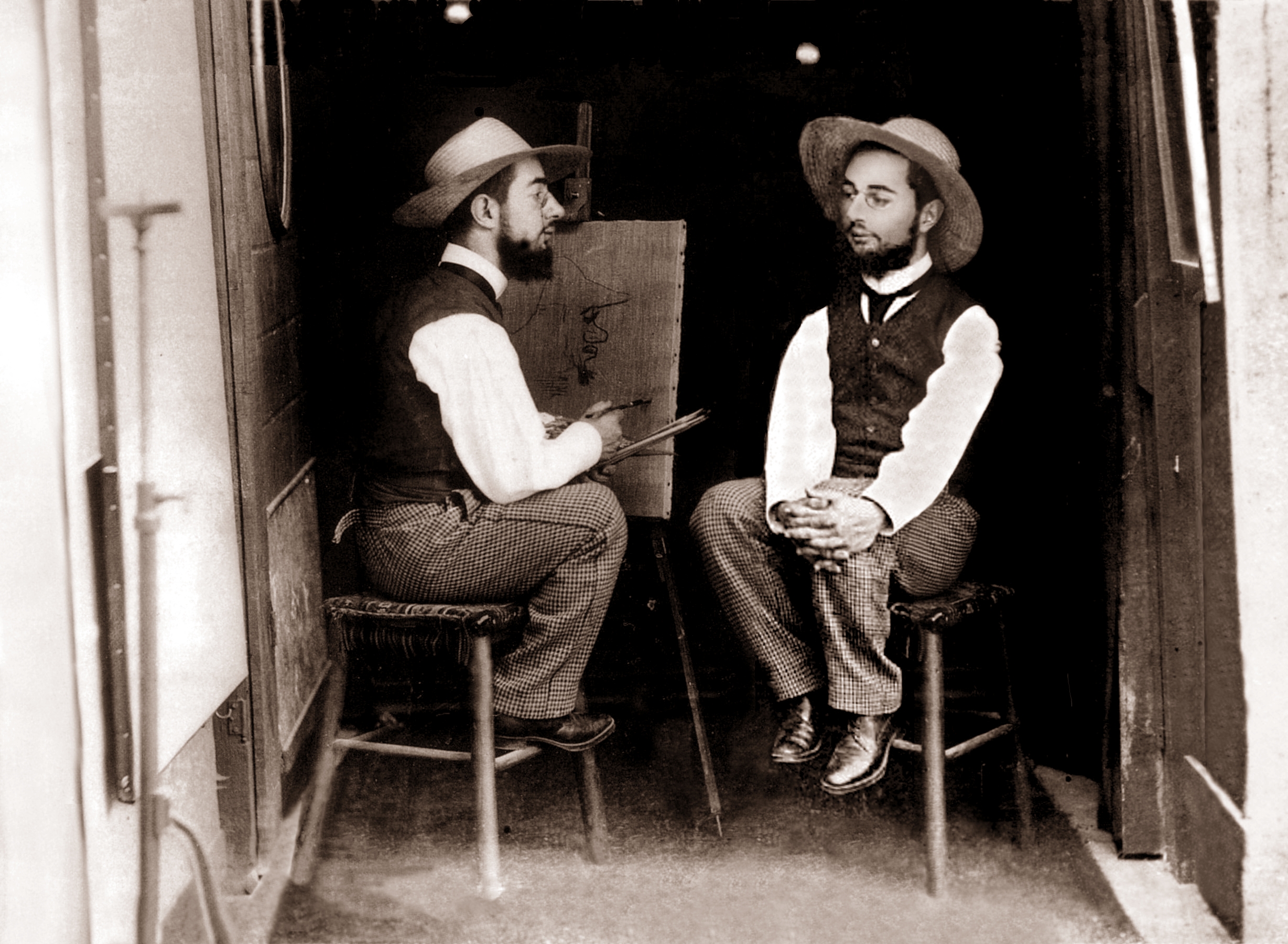|
Moulin Rouge
Moulin Rouge (, ; ) is a cabaret in Paris, on Boulevard de Clichy, at Place Blanche, the intersection of, and terminus of Rue Blanche. In 1889, the Moulin Rouge was co-founded by Charles Zidler and Joseph Oller, who also owned the Olympia (Paris), Paris Olympia. The original venue was destroyed by fire in 1915, reopening in 1925 after rebuilding. Moulin Rouge is southwest of Montmartre, in the Paris district of Quartier Pigalle, Pigalle on Boulevard de Clichy in the 18ème arrondissement, Paris, 18th ''arrondissement'', and has a landmark red windmill on its roof. The closest métro station is Blanche (Paris Métro), Blanche. Moulin Rouge is best known as the birthplace of the modern form of the can-can dance. Originally introduced as a seductive dance by the courtesans who operated from the site, the can-can dance revue evolved into a form of entertainment of its own and led to the introduction of cabarets across Europe. Today, the Moulin Rouge is a tourist attraction, offerin ... [...More Info...] [...Related Items...] OR: [Wikipedia] [Google] [Baidu] |
Adolphe Willette
Adolphe Léon Willette (30 July 1857 – 4 February 1926) was a French Painting, painter, illustrator, caricaturist, and lithographer, as well as an architect of the famous Moulin Rouge cabaret. Willette ran as an "antisemitism, anti-semitic" candidate in the 9th arrondissement of Paris for the September 1889 legislative elections. Biography Willette studied for four years at the École des Beaux-Arts under Alexandre Cabanel. His graphical work ranged from dainty triviality or political satire: he made Pierrot an imaginary hero of France, and established Mimi Pinson as frail, lovable, and essentially good-hearted. He could also be bitter and fierce, a partisan of political ideas. The guillotine and the figure of Death appear in his caricatures. At the time of the Dreyfus affair he was an ''anti-dreyfusard''; with Jean-Louis Forain, he moved to the political right. Works The artist was a prolific contributor to the French illustrated press under the pseudonyms "Cémoi", "Pierrot ... [...More Info...] [...Related Items...] OR: [Wikipedia] [Google] [Baidu] |
Fin De Siècle
"''Fin de siècle''" () is a French term meaning , a phrase which typically encompasses both the meaning of the similar English idiom '' turn of the century'' and also makes reference to the closing of one era and onset of another. Without context, the term is typically used to refer to the end of the 19th century. This period was widely thought to be a period of social degeneracy, but at the same time a period of hope for a new beginning. The "spirit" of ''fin de siècle'' often refers to the cultural hallmarks that were recognized as prominent in the 1880s and 1890s, including ennui, cynicism, pessimism, and "a widespread belief that civilization leads to decadence." The term is commonly applied to French art and artists, as the traits of the culture first appeared there, but the movement affected many European countries. The term becomes applicable to the sentiments and traits associated with the culture, as opposed to focusing solely on the movement's initial recogni ... [...More Info...] [...Related Items...] OR: [Wikipedia] [Google] [Baidu] |
Alfred Choubrac
Alfred Choubrac (30 December 1853 – 25 July 1902) was a French painter, illustrator, draughtsman, poster artist and costume designer. Together with Jules Chéret he is considered to be one of the pioneers of the modern coloured and illustrated poster of the Belle Époque in France, in particular in Paris. Early life Alfred Choubrac was born in Montmartre (Paris). The Choubrac brothers began making posters very early in their career; from 1875, they applied modern colour and typographic techniques, combined with graphics, using chromolithography. In the early 1870s, the Choubrac brothers and Jules Chéret (known as "the father of the modern poster") reduced the cost of colour lithography introducing technical advances and the colour poster gained significance as an attractive means of promotion and advertisements. Additionally, in 1881 restrictions on bill-posting (''affichage'') were lifted and eased state control of the media in France.Verhagen, ''The poster in Fin-de-Sièc ... [...More Info...] [...Related Items...] OR: [Wikipedia] [Google] [Baidu] |
La Goulue
La Goulue (, meaning ''The Glutton''), was the stage name of Louise Weber (12 July 1866 – 29 January 1929), a French can-can dancer who was a star of the Moulin Rouge, a popular cabaret in the Pigalle district of Paris, near Montmartre. Weber became known as ''La Goulue'' because as an adolescent, she was known for guzzling cabaret patrons' drinks while dancing. She also was referred to as the Queen of Montmartre. Childhood Very little is known about her early childhood, but it is believed that Louise Weber was born into a Jewish family from Alsace that eventually moved to Clichy, Hauts-de-Seine, near Paris. Her mother worked in a laundry. As an impoverished young girl who loved to dance, Weber is said to have enjoyed dressing up in laundry customers' expensive clothing and pretending to be a glamorous star on a great stage. At age 16, she was working with her mother in the laundry, but behind her mother's back began sneaking off to a dance hall dressed in a customer's "borrowe ... [...More Info...] [...Related Items...] OR: [Wikipedia] [Google] [Baidu] |
Henri De Toulouse-Lautrec
Count, ''Comte'' Henri Marie Raymond de Toulouse-Lautrec-Monfa (24 November 1864 – 9 September 1901), known as Toulouse-Lautrec (), was a French painter, printmaker, draughtsman, caricaturist, and illustrator whose immersion in the colourful and theatrical life of Paris in the late 19th century allowed him to produce a collection of enticing, elegant, and provocative images of the sometimes decadent affairs of those times. Born into the aristocracy, Toulouse-Lautrec broke both his legs during adolescence, leaving him with a stunted appearance. In later life, he developed an affinity for brothels and prostitutes that directed the subject matter for many of his works, which record details of the late-19th-century bohemian lifestyle in Paris. He is among the painters described as being Post-Impressionism, Post-Impressionists, with Paul Cézanne, Vincent van Gogh, Paul Gauguin, and Georges Seurat also commonly considered as belonging in this loose group. In a 2005 auction at ... [...More Info...] [...Related Items...] OR: [Wikipedia] [Google] [Baidu] |
Jules Chéret
Jules Chéret (31 May 1836 – 23 September 1932) was a French painter and lithographer who became a master of ''Belle Époque'' poster art. He has been called the father of the modern poster. Early life and career Born in Paris to a poor but creative family of artisans, Chéret had a very limited education. At age thirteen, he began a three-year apprenticeship with a lithographer and then his interest in painting led him to take an art course at the École Nationale de Dessin. Like most other fledgling artists, Chéret studied the techniques of various artists, past and present, by visiting Paris museums. From 1859 to 1866, he was trained in lithography in London, England, where he was strongly influenced by the British approach to poster design and printing. On returning to France, Chéret created vivid poster ads for the cabarets, music halls, and theaters such as the Théâtre de l'Eldorado, Eldorado, the Olympia (Paris), Olympia, the Folies Bergère, Palais Garnier, Th� ... [...More Info...] [...Related Items...] OR: [Wikipedia] [Google] [Baidu] |
Toulouse-Lautrec
''Comte'' Henri Marie Raymond de Toulouse-Lautrec-Monfa (24 November 1864 – 9 September 1901), known as Toulouse-Lautrec (), was a French painter, printmaker, draughtsman, caricaturist, and illustrator whose immersion in the colourful and theatrical life of Paris in the late 19th century allowed him to produce a collection of enticing, elegant, and provocative images of the sometimes decadent affairs of those times. Born into the aristocracy, Toulouse-Lautrec broke both his legs during adolescence, leaving him with a stunted appearance. In later life, he developed an affinity for brothels and prostitutes that directed the subject matter for many of his works, which record details of the late-19th-century bohemian lifestyle in Paris. He is among the painters described as being Post-Impressionists, with Paul Cézanne, Vincent van Gogh, Paul Gauguin, and Georges Seurat also commonly considered as belonging in this loose group. In a 2005 auction at Christie's auction hous ... [...More Info...] [...Related Items...] OR: [Wikipedia] [Google] [Baidu] |
Cha-U-Kao
Cha-U-Kao was a French entertainer who performed at the Moulin Rouge and the Nouveau Cirque in the 1890s. Her stage name was also the name of a boisterous popular dance, similar to the can-can, which came from the French words "chahut", meaning "noise" and "chaos". She was depicted in a series of paintings by Henri de Toulouse-Lautrec. Cha-U-Kao soon became one of his favorite models. The artist was fascinated by this woman who dared to choose the classic male profession of clowning and was not afraid to openly declare that she was a lesbian. Little is known about her life, including her real name, though she was a gymnast before she worked as a Parisian female clown or "clownesse." During her time as a gymnast, Maurice Guilbert photographed her, capturing her younger self that contrasted with Toulouse-Lautrec's later depictions. Her clown performances included a "distinctive black-and-yellow costume with her hair piled up on her head Toulouse-Lautrec sometimes sketched Cha-u-K ... [...More Info...] [...Related Items...] OR: [Wikipedia] [Google] [Baidu] |
Valentin Le Désossé
Valentin le Désossé ("Valentin the Boneless"; 26 February 1843 – 4 March 1907) was the stage name of Jacques Renaudin, a French can-can dancer who was a star of the Moulin Rouge in the 1890s as the partner of Louise Weber, known as La Goulue (The Glutton). Star of the Moulin Rouge Not much is known about the life of Jacques Renaudin. He may have been the son of a notary from Sceaux, a commune in the southern suburbs of Paris, and it is thought that, as an adult, he worked as a wine merchant by day. It is certain, however, that at night he danced at the Moulin Rouge, the famed cabaret in the Pigalle district of Paris, near Montmartre. There he formed a partnership with La Goulue, dancing the ''chahut'', a form of the can-can. As a team, they were the toast of ''tout le monde'' in ''fin de siècle'' Paris. Renaudin was tall and slender, with an aquiline nose and a prominent chin, which gave him a distinctive profile, and long arms and legs, which gave him an elongated silho ... [...More Info...] [...Related Items...] OR: [Wikipedia] [Google] [Baidu] |
Jane Avril
Jane Avril (9 June 186817 January 1943) was a French can-can dancer at the Moulin Rouge in Paris and a frequent subject of painter Henri de Toulouse-Lautrec's art. Extremely thin and "given to jerky movements and sudden contortions", she was nicknamed ''La Mélinite'', after picric acid, an explosive. Biography Early life She was born Jeanne Louise Beaudon on 9June 1868 in Belleville, Paris, Belleville, a neighborhood in the 20th arrondissement of Paris (though her biographer, Jose Shercliff—whose account of the dancer's life is highly romanticised—employed the surname “Richepin” in her publication). Her mother Léontine Clarisse Beaudon was a prostitute who was known as "La Belle Élise," and her father was an Italian aristocrat named Luigi de Font who separated from her mother when Avril was two years old. Avril was raised by her grandparents in the countryside until her mother took her back with the intent of turning her into a prostitute. Living in poverty and ab ... [...More Info...] [...Related Items...] OR: [Wikipedia] [Google] [Baidu] |
La Goulue
La Goulue (, meaning ''The Glutton''), was the stage name of Louise Weber (12 July 1866 – 29 January 1929), a French can-can dancer who was a star of the Moulin Rouge, a popular cabaret in the Pigalle district of Paris, near Montmartre. Weber became known as ''La Goulue'' because as an adolescent, she was known for guzzling cabaret patrons' drinks while dancing. She also was referred to as the Queen of Montmartre. Childhood Very little is known about her early childhood, but it is believed that Louise Weber was born into a Jewish family from Alsace that eventually moved to Clichy, Hauts-de-Seine, near Paris. Her mother worked in a laundry. As an impoverished young girl who loved to dance, Weber is said to have enjoyed dressing up in laundry customers' expensive clothing and pretending to be a glamorous star on a great stage. At age 16, she was working with her mother in the laundry, but behind her mother's back began sneaking off to a dance hall dressed in a customer's "borrowe ... [...More Info...] [...Related Items...] OR: [Wikipedia] [Google] [Baidu] |







